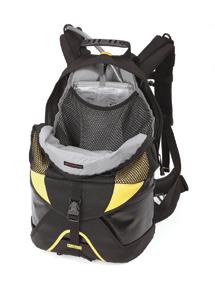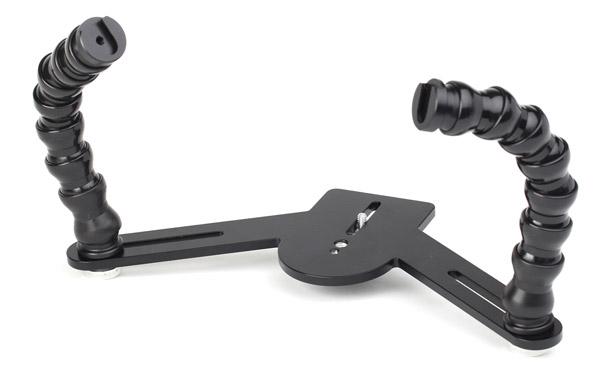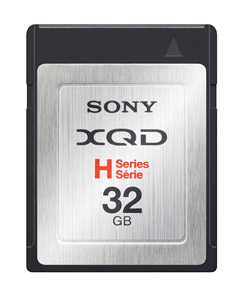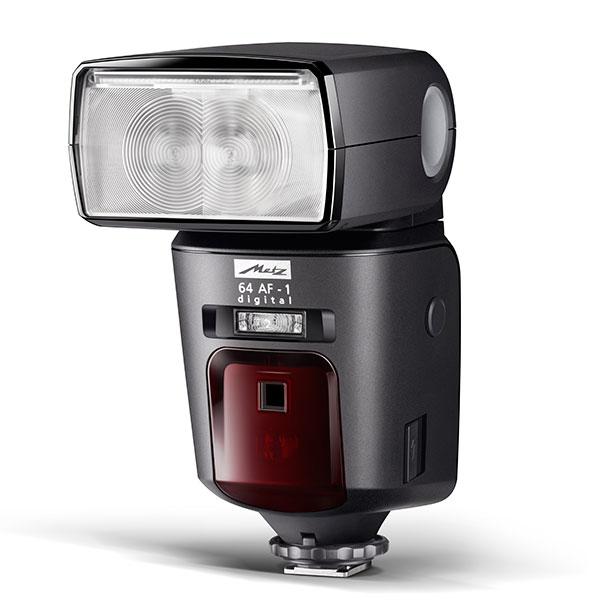Jack Neubart
Sort By: Post Date | Title | Publish Date
|
Jun 01, 2006
|
Aug 01, 2008
|
Dec 01, 2010
|
Nov 01, 2006
|
Dec 04, 2012
|
Nov 01, 2010
|
Jul 01, 2004
|
Aug 01, 2012 |
First Published: Jun 01, 2012








 The most recent speed gains have been in SD format cards, making us wonder about the larger CF card. But that concern has been to an extent dispelled by some of the recent developments in this very fast-changing field. One of the newest developments unveiled at the show was a card that sits between those two sizes, the XQD card. The first camera to accept the new memory card is the Nikon D4, although the D4 also features a CF slot.
The most recent speed gains have been in SD format cards, making us wonder about the larger CF card. But that concern has been to an extent dispelled by some of the recent developments in this very fast-changing field. One of the newest developments unveiled at the show was a card that sits between those two sizes, the XQD card. The first camera to accept the new memory card is the Nikon D4, although the D4 also features a CF slot.

